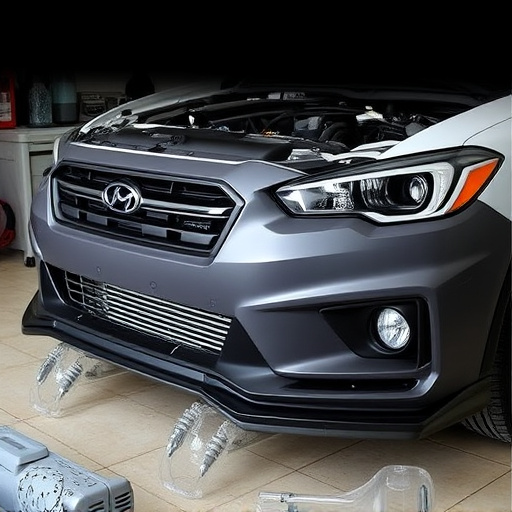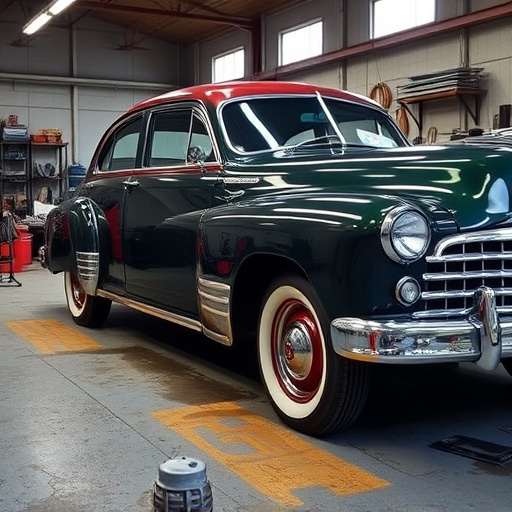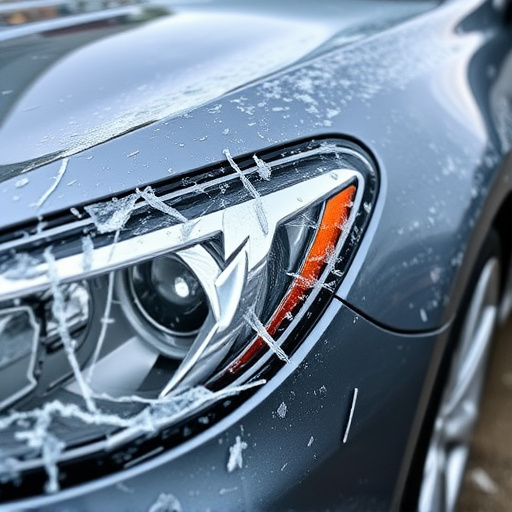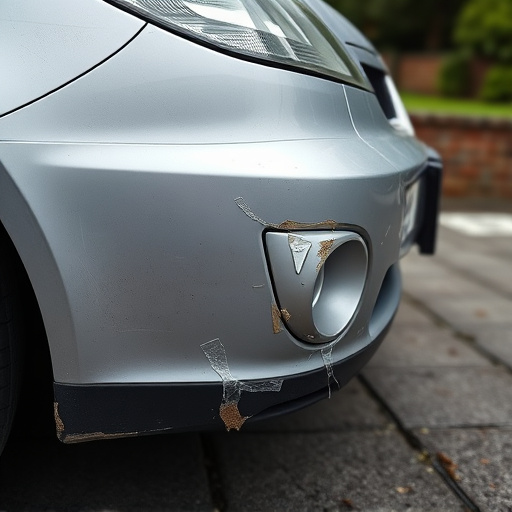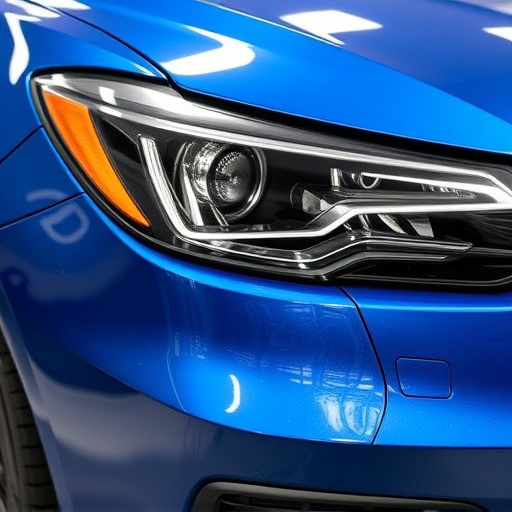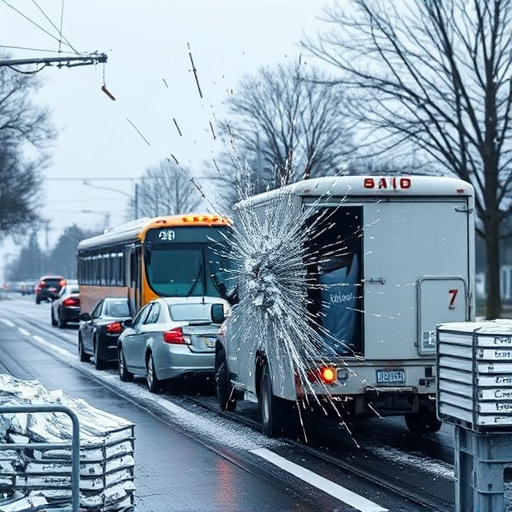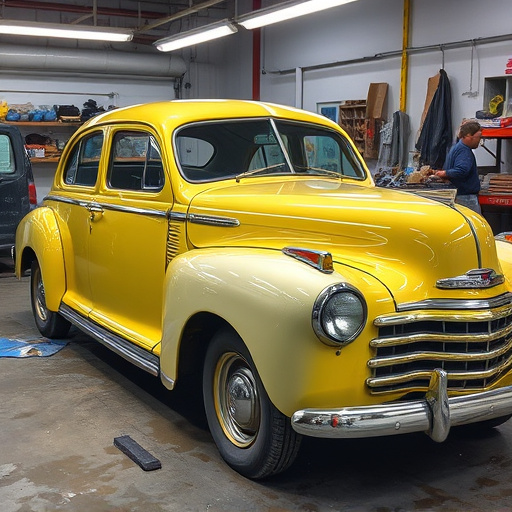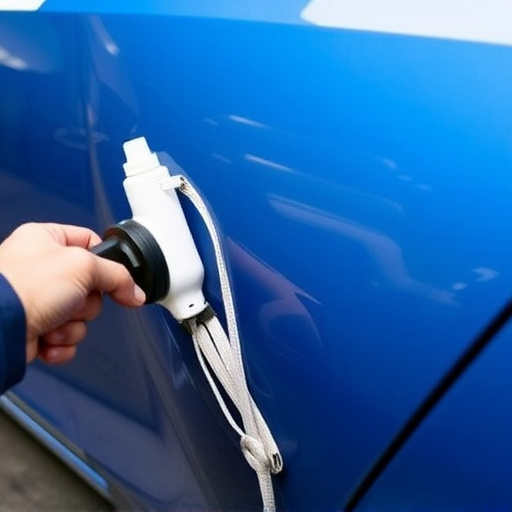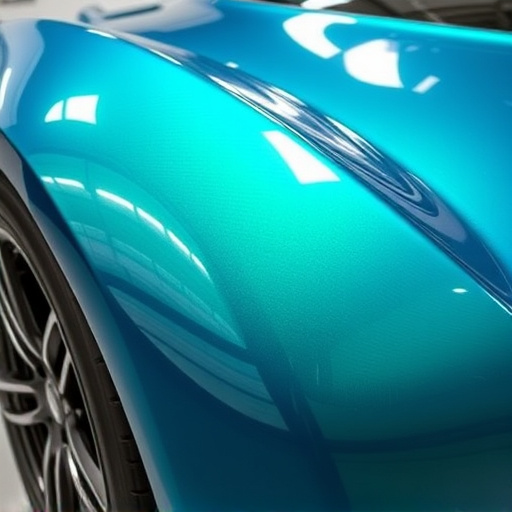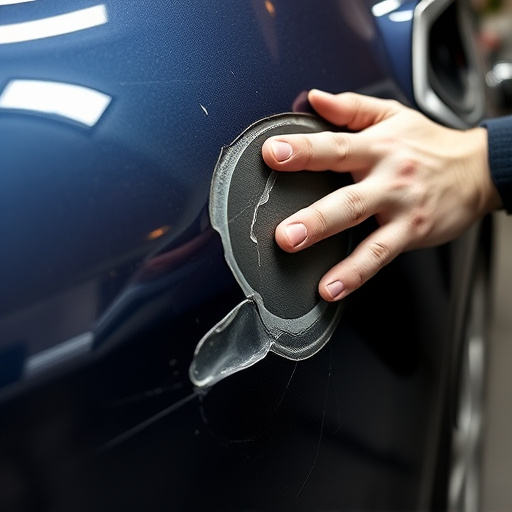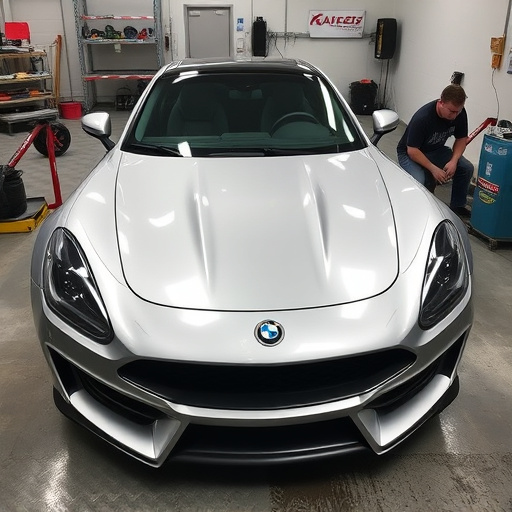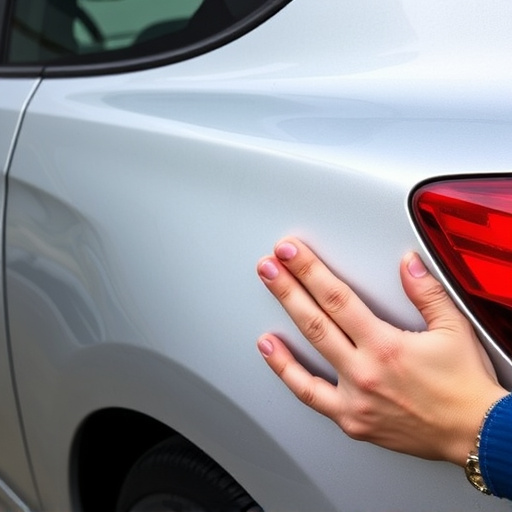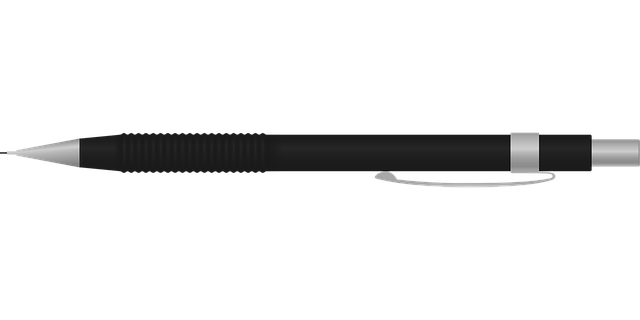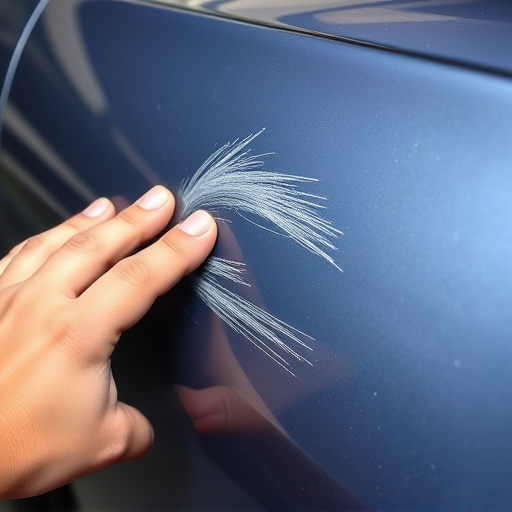Repair photo documentation is crucial for auto maintenance and collision repair shops, offering detailed visual records enhancing communication, trust, and quality control. These sets capture vehicle conditions before and after repairs, from damage assessment to final finish, ensuring clear understanding among customers, mechanics, and insurers for efficient processes.
In the realm of restoration and conservation, visual documentation is key. Repair photo documentation sets serve as invaluable records, capturing before-and-after transformations. This article guides you through the process of interpreting these images effectively. We explore the importance of visual documentation, deconstruct common set structures, and highlight crucial elements to analyze. By understanding these principles, professionals can extract meaningful insights from repair photo documentation, ensuring accurate assessments and informed decisions.
- Understanding the Importance of Visual Documentation
- Deconstructing Repair Photo Documentation Sets
- Key Elements to Interpret and Analyze Images Effectively
Understanding the Importance of Visual Documentation
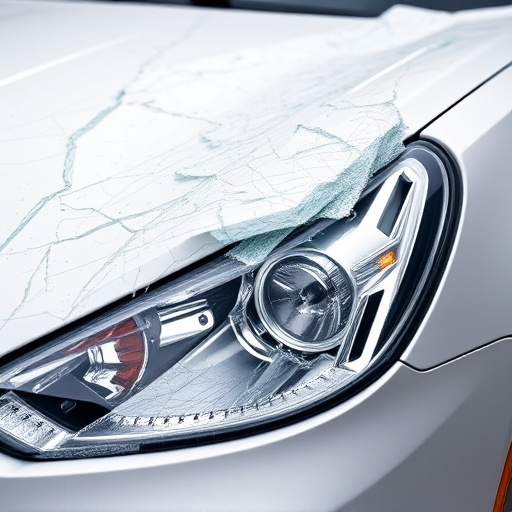
Visual documentation plays a pivotal role in the realm of auto maintenance and collision repair shops. Repair photo documentation sets serve as a detailed record of a vehicle’s condition, capturing both visible damages and successful repairs. These sets are not just a collection of images; they are a powerful tool for communication and quality control. Every photograph tells a story—a visual narrative that can convey the extent of autobody repairs needed or the meticulousness of the work already accomplished.
For instance, in collision repair, before-and-after photos provide a tangible representation of the transformation process. This visual proof is invaluable for both customers and technicians, ensuring transparency and fostering trust. Moreover, these documentation sets facilitate effective communication among team members, enabling them to collaborate seamlessly on complex projects. By capturing every detail, from dent removal to paint job precision, repair photo documentation ensures that every auto body repair meets the highest standards.
Deconstructing Repair Photo Documentation Sets
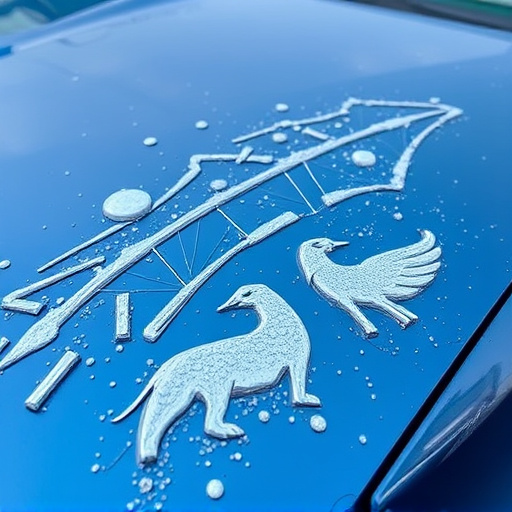
Repair photo documentation sets are a crucial component of the automotive body shop process, offering a detailed visual record of every step in a car body repair or dent removal project. Deconstructing these sets involves careful examination of each image to understand the scope and quality of work performed. Every photo should capture the repair area from multiple angles, highlighting both the before and after states.
For instance, when assessing a car dent removal job, documentation might include close-ups of the damaged panel, showing the extent of the dent and any associated cracks or dents nearby. Subsequent images would then display the process of removing the dented panel, followed by shots of the replacement panel’s fit and finish within the vehicle’s body. This meticulous deconstruction ensures that both the customer and the shop have a clear understanding of the repair’s progress and final outcome in an automotive body repair setting.
Key Elements to Interpret and Analyze Images Effectively
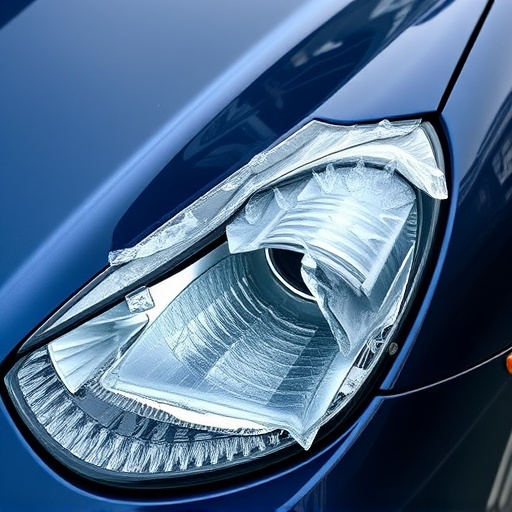
When interpreting images within repair photo documentation sets, several key elements come into play to ensure accurate analysis and understanding. The first step is to assess the overall condition of the vehicle involved in incidents like a fender bender or car dent removal. Observe any visible damage, including dents, scratches, cracked or broken parts, misalignments, and paint imperfections. These details are crucial for documenting the extent of the repair required.
Focusing on specific areas, such as auto glass repair, requires close inspection of cracks, chips, or complete shattering. Look for air bubbles, residual moisture, or uneven surfaces indicating recent or ongoing repairs. In each image, identify clear before-and-after comparisons to track progress and ensure the quality of work. Proper documentation through these visual records aids in effective communication between mechanics, customers, and insurers, facilitating smoother repair processes for incidents ranging from minor dents to significant fender benders.
Effectively interpreting images in repair photo documentation sets is a crucial skill for anyone involved in restoration or conservation efforts. By deconstructing these sets and understanding key visual elements, professionals can accurately assess damage, track progress, and ensure the successful completion of repairs. Embrace the power of visual storytelling within these documentation sets to facilitate informed decisions and preserve our cultural heritage.
